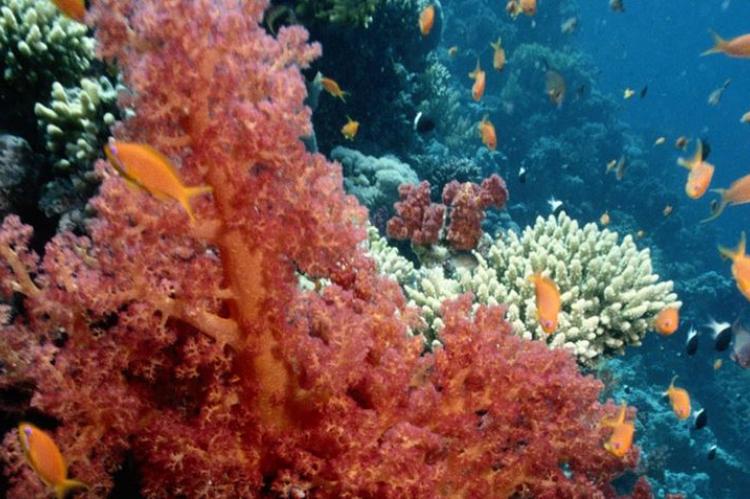Singapore reefs fare better than expected
A study has shown that over a 27-year period, coral reefs in the waters of Singapore proved to be more resilient to the impact of human activity than expected.
An international team found that shallower reefs in Singapore waters rebounded rapidly from a major bleaching episode in 1998, despite experiencing such high levels of sedimentation that underwater visibility was typically less than two metres.
"It is remarkable that diverse shallow coral communities can persist in such adverse conditions," said study first author Dr James Guest, formerly of University of New South Wales (UNSW) and now at the Hawai'i Institute of Marine Biology.
"Undoubtedly, Singapore's reefs have suffered as a result of human activities, but the recovery of corals at shallow sites is really surprising given how impacted this environment is. It really shows how tough corals can be."
The study's senior author UNSW Professor Peter Steinberg added, “This is by no means a cause for complacency regarding the state of our reefs, but rather highlights that if we can reduce local stressors, reefs are more likely to be able to rebound from the effects of global stressors such as climate change.”
The study was led by UNSW and includes researchers from UNSW and the Sydney Institute of Marine Science, National University of Singapore, Nanyang Technological University, and Singapore's National Parks Board,.
In the past 200 years, Singapore has been transformed from a forest-covered island to a highly urbanised city-state of more than 5.4 million. Extensive coastal construction, dredge spillage and land reclamation have resulted in high sedimentation rates, turbidity and pollution, putting immense pressure on the surrounding coral reefs.
Between 1986 and 2012, coral communities at 15 sites south of the country were regularly surveyed. During this 27-year period, the coral cover declined at all sites: by about 12 per cent at the shallower depths of 3-4 metres and by about 30 per cent at the deeper depths of 6-7 metres. There was a particularly large decline in the first decade due in part—the authors suggest—to unmitigated dumping of dredge spoils in the late 1980s.
In 1998, a major bleaching event occurred due to high water temperatures associated with an El Nino. However, corals at shallower sites proved to be remarkably resilient to this, and showed signs of recovery. By 2008, coral cover had increased to about 1993 levels.
Corals at deeper sites were less resilient, with coral cover at these sites continuing to decline. However, none of them were overtaken by large fleshy seaweeds, as has been seen on impacted reefs elsewhere in the world. The lack of recovery at deeper sites may be due to low light levels or a lack of unsuitable substratum for new corals to settle and survive.
The researchers suspect the resilience at shallow sites is due to an abundance of coral species which have fast regrowth rates and can tolerate environmental stresses like high levels of suspended sediments.
It is also possible the turbidity of the water could offer some protection by reducing the light and impact of heat stress, as well as slowing down the growth of fleshy seaweeds.
Reefs in Singapore appear to have undergone substantial bleaching again in 2016, which is likely to test whether the resilience to bleaching observed in previous decades is still present on these reefs.





























